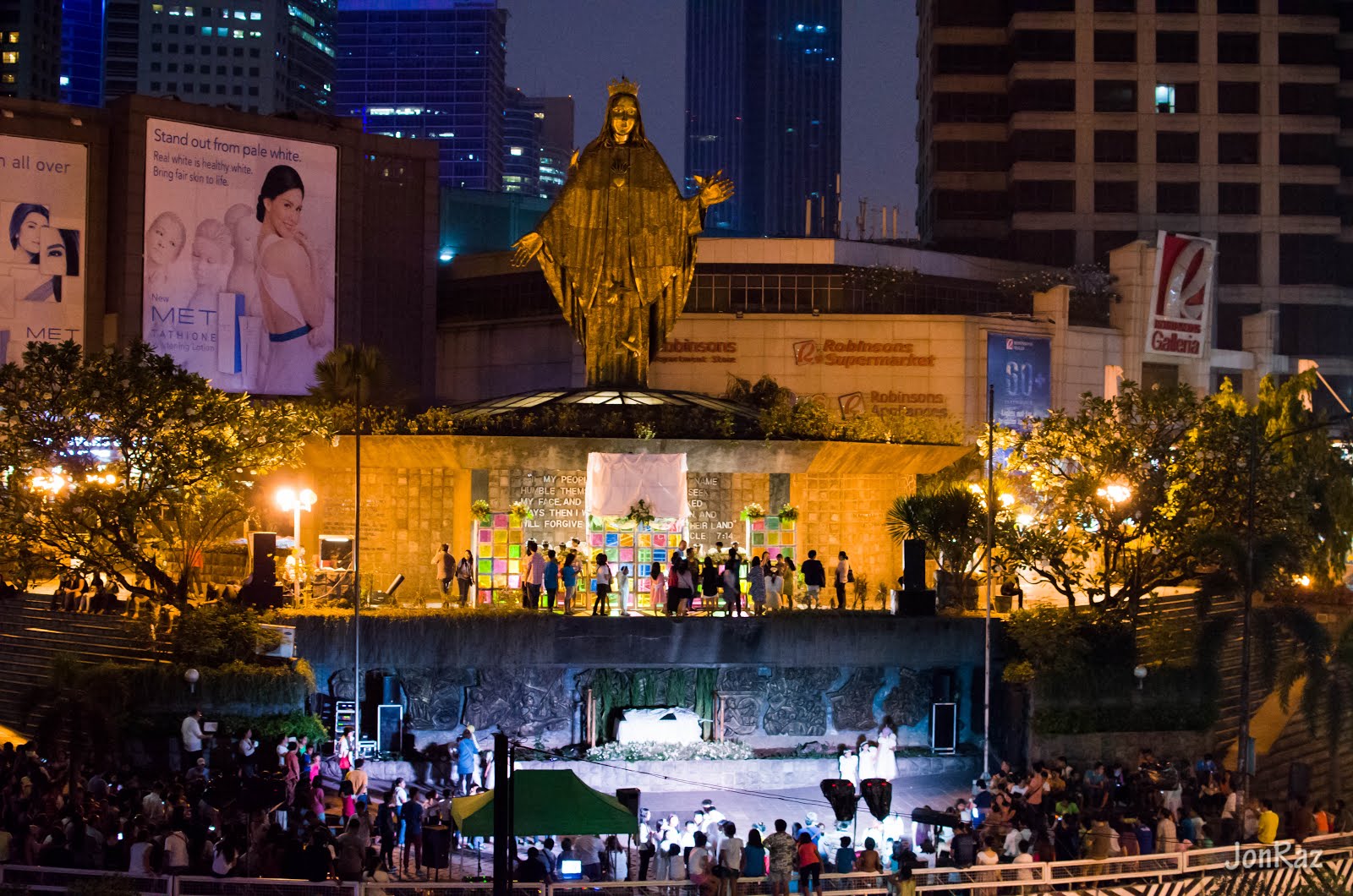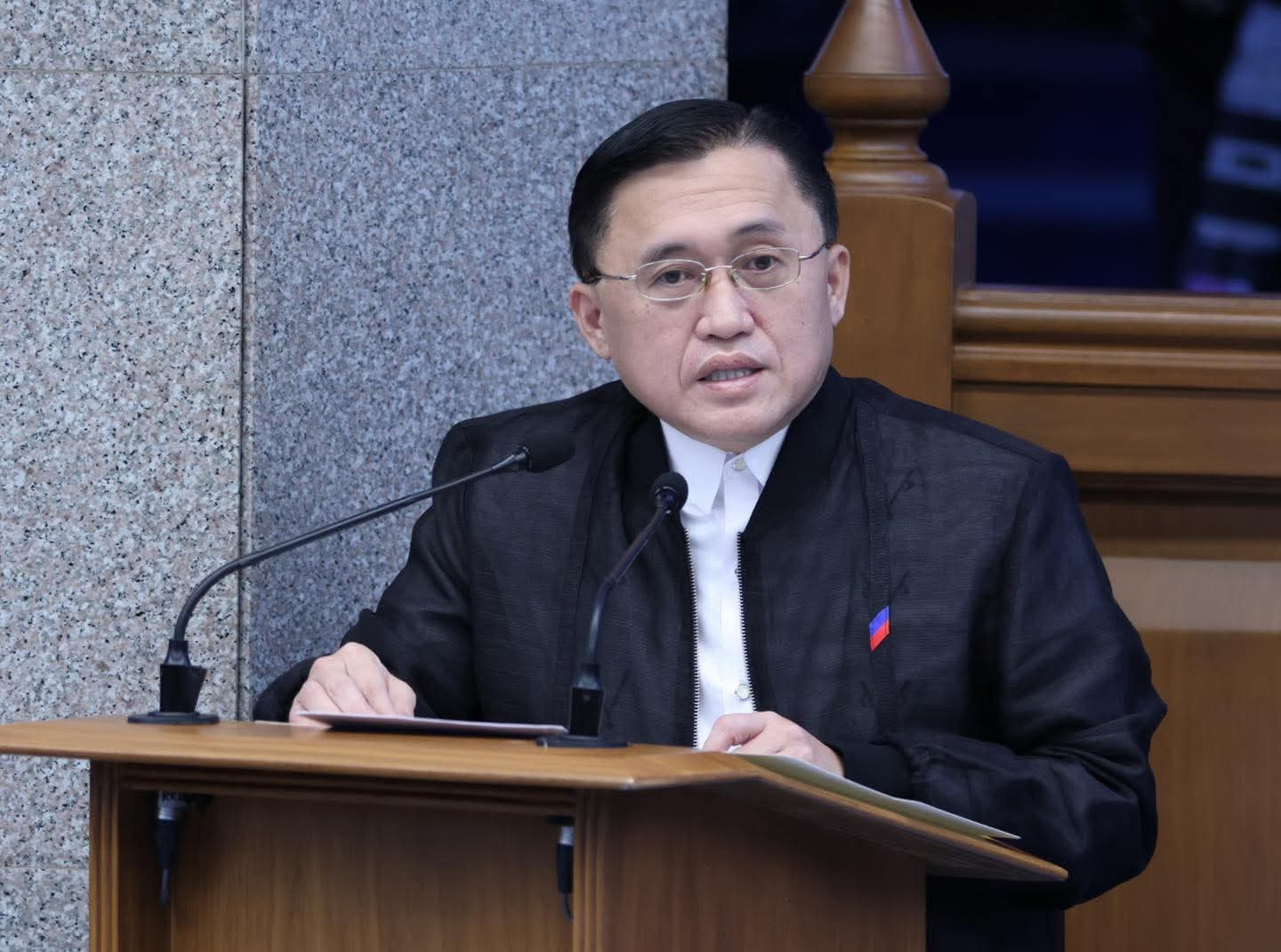Epifanio Delos Santos Avenue. This long highway straddles across many cities today was called by various names. Historical account begins with the name Lovina Street.
Events that transpired and with important significance to the country led to the change of name of the Avenue. Thus after World War II it was named McArthur Boulevard. After the independence of the Philippines from the United States, the graveled and dusty highway was renamed Avenida 19 de Junio to commemorate the birth of Dr. Jose Rizal.
Avenida 19 de Junio which sounded more like a compound adjectival noun did not appeal to the Americans who more often referred to it as Highway 54 because it was estimated then to be 54 kilometers. But numbers do not give any significance at all.
Sometime in 1959 it was decided to name it Don Epifanio de los Santos, to “honor a foremost Filipino scholar, literary genius and historian”.
These days it’s only called EDSA. The circumferential road has been the scene not only of major transport infrastructures but horrendous traffic congestion, accidents and rallies . At any given time the biggest number of people from various towns and cities converge here.
EDSA was the scene of the historic People Power, a bloodless revolution that led to the expulsion of one of Asia’s strongmen Ferdinand E. Marcos Sr. and his ilks. It likewise ended the dictatorial regime.
“Sa EDSA ang Pag-asa” has started to emerge in the social media following the incarceration of Lyka Lopez, Chief of Staff of Vice President Sara Duterte who was cited in contempt by member of of the House of Representatives, a convict who is temporarily out on bail.
Ms. Lopez, a lawyer who once served as Davao City Council Secretary and City Administrator was answering questions hurled at her by members of QuadCom. She was giving out answers to a web of questions and obviously these did not pleased the inquisitors and thereafter was cited for contempt.
The Committee acting like a kangaroo court was reflective of how punishment was dispensed with by the New People’s Army in the 1980s. It also brings to mind how the dictatorship imposed judgement on those that displeased the regime.
The signs of those times are back and foreboding because not only are the Executive and Legislative Departments are in the core of it all even the natural calamities, the bankruptcy of the treasury and a directionless economic navigation are heading towards a failed state. The people are angry.
I this what “Sa EDSA ang Pag-asa” is all about?





